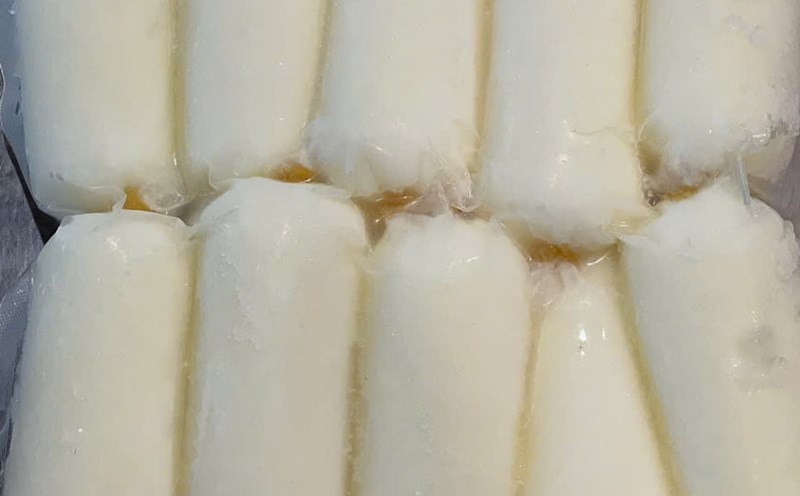According to nutritional analysis and assessment by Harvard Nutrition Source, 1 cup of ripe mustard greens (about 160 ml) provides about 158 mg of calcium, and it is worth noting that the calcium absorption rate from this vegetable can reach ~50%, much higher than milk in some comparative studies.
This means that the real calcium from bok choy is used by the body more effectively than many other plant sources with a lot of oxalate.
Reasons why mustard greens absorb calcium well are because of its low oxalate content: One factor that reduces calcium absorption is oxalate (as in spinach).
mustard greens have a lower oxalate content, so calcium is less "arrested" by oxalates and is easier to absorb through the intestines.
mustard greens also provide magnesium, vitamin K and vitamin C, which help synchronize with calcium in promoting bone minerals and collagen synthesis. This increases the overall nutritional value of mustard greens for bone health.
Tofu-bike mustard soup: Tofu is rich in calcium (if processed with calcium salt) combined with bok choy to supplement calcium and protein.
Stir-fried mustard greens with garlic and mushrooms and chicken breast: stir-fry quickly to retain vitamins, eat with whole grains to increase fiber.
Below-leaf salad mixed with olive oil: lightly squeezed vegetables, mixed with foods rich in vitamin C (calm chili, tomato) to help increase mineral absorption.
Studies recommend moderate cooking (slow, stir-fry quickly) as a good way to preserve calcium and heat- sensitive vitamins; avoid cooking for too long, which can cause vitamin C loss.
Although mustard greens absorb calcium well, vitamin D is a decisive factor in increasing calcium absorption in the intestines, so it is necessary to ensure adequate vitamin D (from sunlight, food or supplementation if necessary). NIH recommends age-appropriate vitamin D and calcium intake.
Some kidney patients need to limit potassium or phosphorus; mustard greens contain potassium, so patients need to consult a doctor before increasing the intake.







